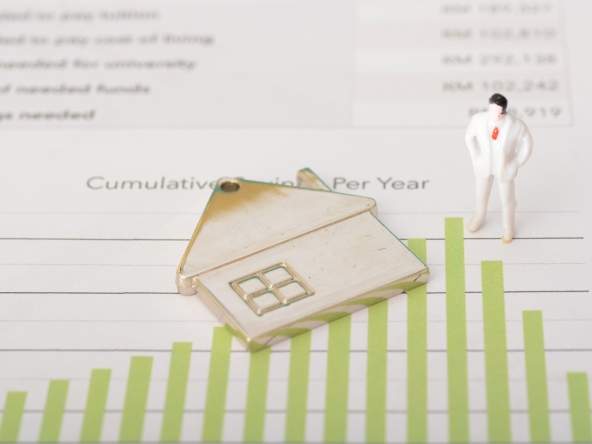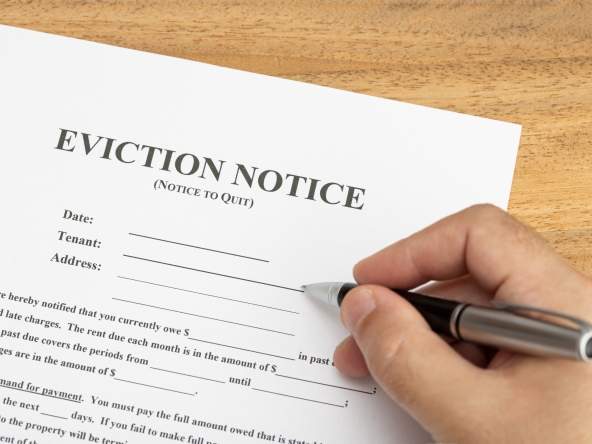If you’re a first-time renter eyeing the Bay Area, you’re probably feeling the weight of those high rental costs. With places like San Francisco, Oakland, and Berkeley ranking among the most expensive cities in the U.S., it’s easy to feel overwhelmed. But don’t worry, budgeting can be your secret weapon to thriving in one of the priciest markets.
Here’s a guide to help you budget smartly for rent and make sure you enjoy your new home without breaking the bank.
1. Understanding the True Cost of Rent
When landlords advertise a property, it’s easy to get swept up in that monthly rent figure. But rent is just part of the equation.
Here’s what else you need to consider:
Utilities
Many Bay Area properties don’t include utilities in the rent. Factor in costs for water, electricity, gas, trash, and internet, which can range from $100 to $250 a month, depending on your usage and household size.
Security Deposits & Moving Fees
Most landlords require a security deposit (often equal to one month’s rent) and the first and last month’s rent upfront. Moving expenses can also add up, so make sure to budget for these as well.
A helpful rule? Assume your total housing cost (rent + utilities + deposits) will be around 30-40% of your monthly income.
2. Create a Realistic Budget
You’ve likely heard of the “30% rule,” which suggests you should spend no more than 30% of your income on rent. While this may seem tough in a high-cost market like the Bay Area, it’s still a helpful guideline.
For example, if you earn $80,000 annually, your monthly rent budget should be around $2,000. But make sure you include all of your other financial obligations, student loans, car payments, groceries, etc. before committing to a rental price.
Here’s a sample budget breakdown for someone making $75,000 a year:
- Rent: $2,200
- Utilities: $150
- Groceries: $350
- Transportation: $200
- Savings: $300
- Miscellaneous: $200
By breaking down your monthly expenses, you’ll have a clearer picture of what you can afford without overstretching your wallet.

3. Save on Rent with Roommates
One of the quickest ways to ease the financial burden is by sharing costs with roommates. In the Bay Area, where rent can reach $3,500 or more for a two-bedroom apartment, splitting rent with a roommate can significantly cut your housing expenses.
For example, instead of paying $2,500 for a one-bedroom apartment, you could share a two-bedroom for $1,750 each. Roommates can also help with shared expenses like utilities, furniture, and internet.
Don’t forget to check out this handy guide on the role of virtual tours in your homebuying journey before making a decision!
4. Explore Affordable Neighborhoods in the Bay Area
While neighborhoods like SoMa in San Francisco or Downtown Oakland might be the dream, there are plenty of more affordable areas where you can still live comfortably. Cities like Richmond, San Leandro, and Hayward often have lower rent while still offering reasonable commute times into the city.
Just keep in mind that a cheaper rent could come with longer commute times or fewer amenities.
5. Build an Emergency Fund
No one likes unexpected expenses, but as a first-time tenant, they can and will happen. Whether it’s an appliance repair, a car breakdown, or an emergency move, having some savings on hand can be a lifesaver. Aim to save at least 3-6 months’ worth of living expenses in an emergency fund to cover unforeseen costs.
This not only gives you peace of mind but also helps you avoid late rent payments, which can strain your relationship with your landlord.

6. Look for Rent Specials and Negotiate
Don’t hesitate to negotiate rent, especially in a market that fluctuates. Landlords may be willing to offer you incentives like a free first month’s rent, reduced deposits, or even discounts for signing a longer lease.
In addition, keep an eye out for rent specials, which often come up when a landlord is looking to fill a vacancy quickly. These specials can sometimes mean hundreds of dollars in savings each year.
7. Leverage Virtual Tours to Save Time and Money
Virtual tours have become an invaluable resource for tenants, especially in high-cost markets like the Bay Area. They allow you to compare properties without physically visiting each one, saving time, money, and energy. For first-time tenants, this can be an excellent way to scout out the best deals while staying within your budget.
Walkintour offers a fantastic platform for finding your perfect apartment using virtual tours, helping you make smart decisions from the comfort of your current home.
8. Think About the Long Term
Finally, consider your long-term financial goals. While renting might be your best option for now, many tenants in the Bay Area eventually transition into homeownership. By maintaining a solid budget and saving regularly, you’ll be in a better position to make that jump when the time comes.
And, even as a tenant, a good credit score can open up more rental opportunities. A higher score might mean a lower security deposit or approval for a property in a desirable neighborhood. You can read more about how credit scores affect rental opportunities on our website.
Conclusion: Plan Ahead, Rent Smart
Budgeting may not be glamorous, but it’s the key to thriving in a high-cost market like the Bay Area. By understanding the true cost of rent, creating a realistic budget, and exploring cost-saving options like roommates and affordable neighborhoods, you can enjoy your new home without financial stress.
If you’re ready to start your apartment search, contact us at The Cal Agents for more personalized advice at 510.899.9221, or visit us at www.thecalagents.com today.
Happy house hunting!





